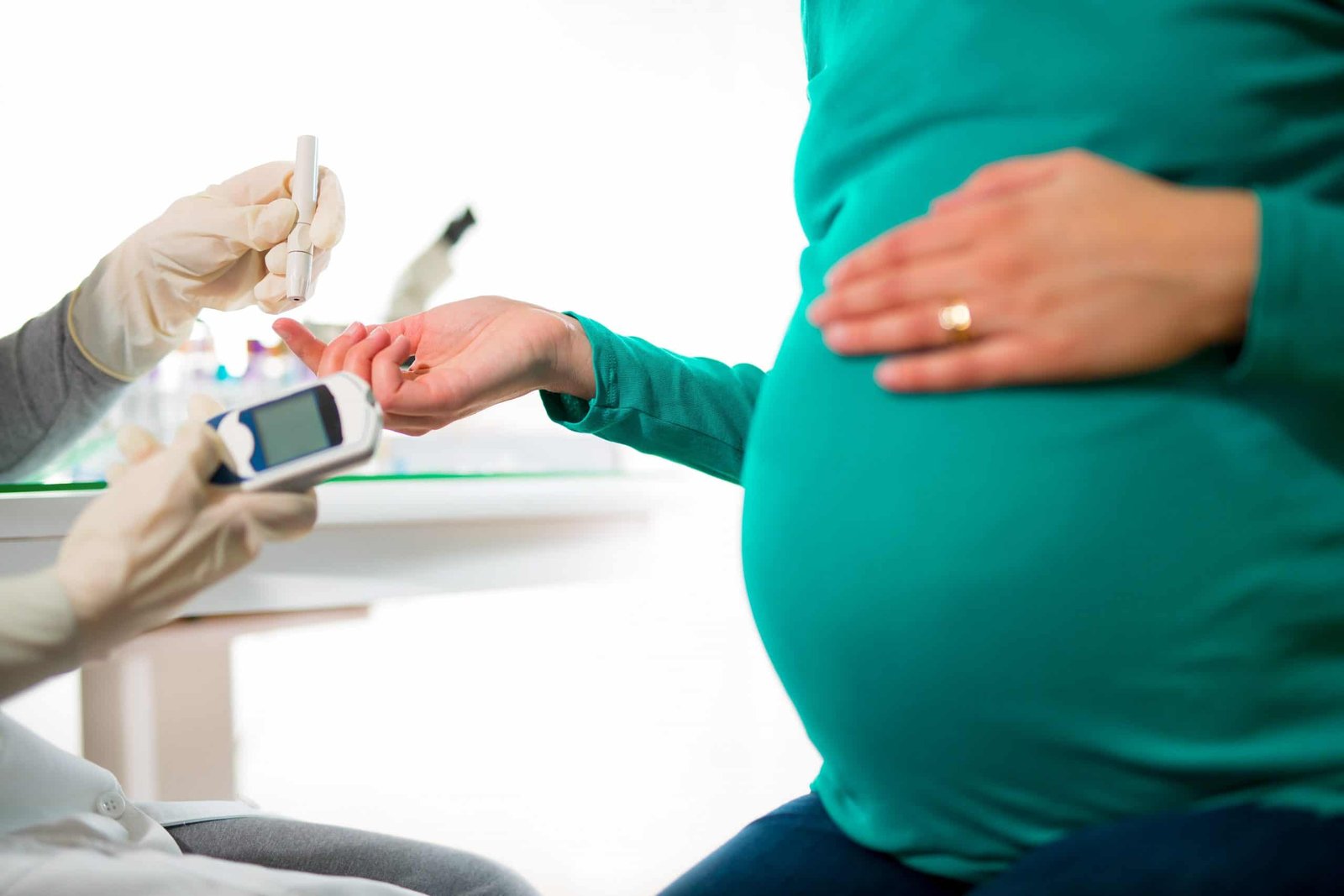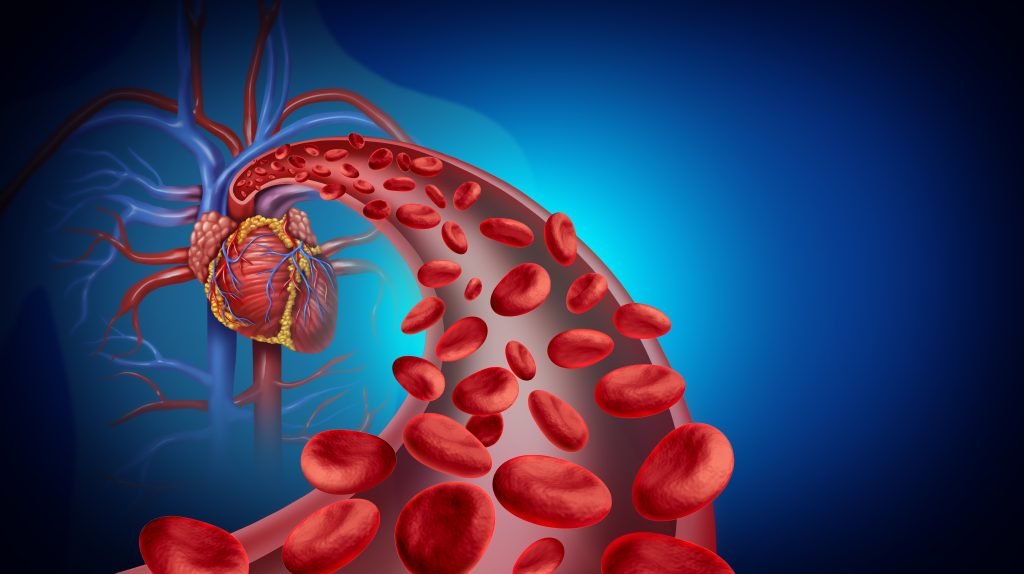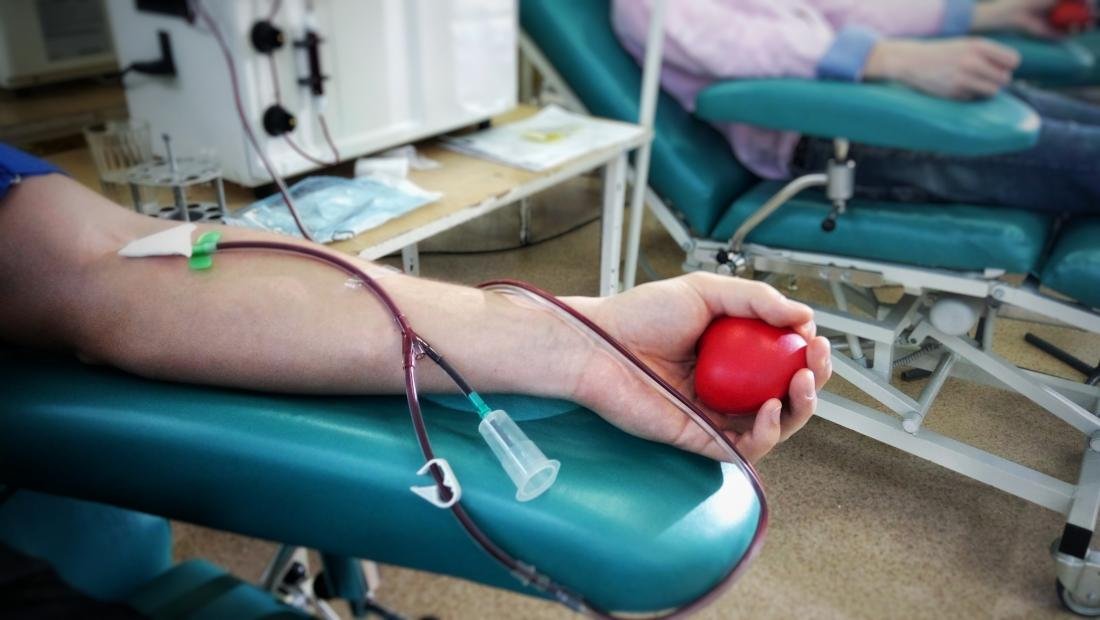Obstetric Shocker – This course is designed to understand the care of pregnant women and newborn: antenatal, intra-natal and postnatal; breast feeding, family planning, newborn care and ethical issues, The aim of the course is to acquire knowledge and develop competencies regarding midwifery, complicated labour and newborn care including family planning.

Obstetric Shocker
Obstetric shock
Shock is a state of collapse of circulation so that there is critical reduction of perfusion of tissue by blood. Obstetric shock is described in this chapter as it is of common incidence as a complication of third stage of labor.
The causes can be classified as
A. Haemorrhagic,
B. Non-haemorrhagic.
A. Haemorrhagic:
This is the commonest cause of shock in obstetrics either operatingalone or in association with trauma. Haemorrhages are possible during any period or pregnancy, during labour and after it. This causes hypovolaemia.
B. Non-haemorrhagic:
1 . Trauma: The chances of obstetric trauma are various. They may be
- a. Obstetric operations: Difficult forceps, forcible breech extraction, interest podalic version, injudicious Drede’s expression, manual removal of placenta, caesarean section.
- b. Obstetric accidents: Rupture of the uterus, accidental haemorrhage, acute inversion of uterus. Traumatic cause produces hypovolaemia.
2. Prolonged labour: This is an important factor in causing shock in both primi-gravidaand multi-gravida. The condition leads the patient to develop acidosis, to acquire infection and Trauma in the genital tract and thus predisposed to shock by hypovolaemia
3. Fluid loss: As in hyperemesis gravidarum, excessive diuresis may cause shock by hypovolaemia.
4. Septic shock: Can develop in septic abortion, retained placenta and pureperal sepsis.
5. Hypertension and PIH: The patient with these complications in pregnancy may develop shock even after spontaneous delivery due to hypovolaemia.
6. Anaesthesia and drugs: Anaesthetic accidents due to prolonged general anaesthesia, deeper plane of anaesthesia, spinal anaesthesia and improper anaesthesia along with operative trauma favour shock. Inhalation of acid gastric contents due to anaesthesia may result in asthmatic type of attack with shock after the apparent recovery from anaesthesia. This is called inhalation pneumonia (Mendelson’s syndrome).
7.Pulmonary embolism: This may occur if there happens empolism of dislodged blood thrombus from the infected placental sinus, pelvic veins or leg veins or of air during obstetrical manipulation.
8. Supine hypotensive syndrome: It a shock like state that occur in a pregnant woman at or near term due to partial occlusion of vena cava by pressure of gravid uterus. The shock is produced by hypovolaemia. The woman while being examined on her back suddenly develops hypotension, tachycardia, nausea, weakness and air hunger. Recovery is immediate when pateint is turned on her side. In caesarean section on supine position, maternal hypotension and foetal distress can develop.
9. Obstetric shock: Shock can be caused by conditions peculiar to obstetrics, viz, amniotic fluid embolism (causing pulmonary oedema) and hypo fibrinogenemia.
10. Shock following normal labour: In a rare case, shock may develop even after spontaneous normal delivery. Careful analysis shows that nervousness, suffering from fear and pains fneurogenic), ill-health, anaemia are the important underlying factors to produce shock in these cases.
Generally, shock in obstetrics results from haemorrhage, trauma and prolonged labour. PIH and infection are other impdrtant conditions.
Clinical features of hemorrhage shock
L Early shock:
Pallor (vasoconstriction of skin vessel). Slow full bounding pulse, B.P. slightly raised, reduced below 90mm Hg, oliguria develops. Pt. remain mentally alert.
2. Advanted shock:
Pallor (cold clammy skin). Subnormal temperature, cyanosis, tachycardia, B.P, initial lowering of pulse pressure, lowering of B.P. (systolic, diastolic) to below 60mm Hg Dilatation of stomach and colon. Oliguria and anuria.
Menitoring of volume depletion is done by:
- Pulse rate above 100/min.
- B.P. below 90 mmHg.
- Measure of urine volume by putting a catheter into bladder, oliguria (less than 30ml/hour).
- Blood Hb%, fibrinogen platelet count. Central venous pressure through catheter via sub- clavian vein to5cm ater).

Outcome of shock
- Recovery on early treatment of cause and hypovolaemia.
- Survival with permanent damage to various organs (Sheehan’s syndrome)
- Death due to delay in treatment.
Management of obstetric shock
1. Foot end of bed is raised by 12 inches.
2. Patient is covered with blanket in winter.
3. Fluid therapy: Very fast infusion of Ringer’s lactate, glucose saline (1 litre) is given. Source of bleeding is taken care of to stop bleeding wherever possible.
4. Adequate fluid therapy is continued on proper monitoring. Adequate amount of whole blood is quickly arranged for transfusion.
5. In neurogenic shock, plasma expander (Dextran), Ringer lactate are infused alongwith oneor two units of blood. Overloading of circulation causing heart failure is avoided by measuring CVT.
6. Oxygen is given from mask. Vasopressor drugs; Inj. Dopamine 200mg/min is infused by mixing 200 mg in 500ml of 5% dextrose solution in stage of vasodilatation- It is mixed alpha and beta adrenergic stimulant of visceral blood flow and myometrial contractility. Inj. Mephentine (John Wyth), Mephenterminesulphate 30mg is given in drip bottle. It improves cardiac output and have vasoconsictor effect Corticosteroids Hydrocortisone (500-1000 mg) or Dexamethasone 8mgvv. is given 4 hourly. It improves cardiac output and venous tone.
7. Monitoring of patient is done by recording pulse rate. B.P. respiration, urine output, CVP. Rise of B.P. above 100 mm urine volume above 30ml/hr. C.V.P. above 10 cm water are signs towards improvement.
8. Primary cause is treated on improvement of patient’s condition.

Referral Criteria : If blood transfusion isneeded.
Referral Process:
1. Explain everything to the family.
2. Refer the patient to the comprehensive EOC facility with a referral note.
3. Start initial dose of antibiotic.
4. Begin I/Vsolutions (saline, Hartmann’s). Continue i/v. fluids during transport.
5. Ask the family to bring two people tothe hospital to donate blood.

Prevention:
1. Steps to be taken to avoid development of the condition (Haemorrhagic Shock).
2. Steps to promote early management of the condition thereby preventing morbidity and reducing case fatality,
3. Steps to prevent recurrence of the condition.
4. Role of service providers for each step.
Read More.
